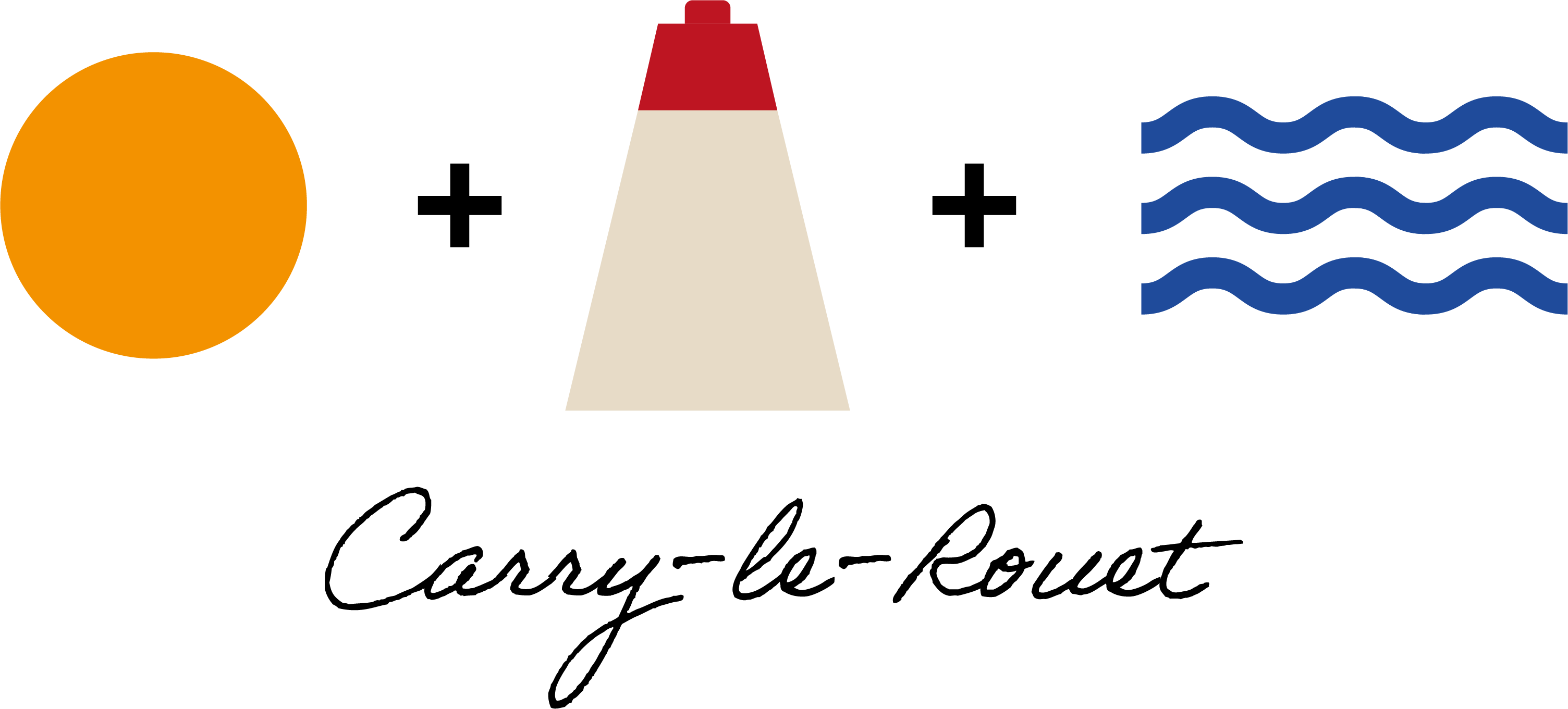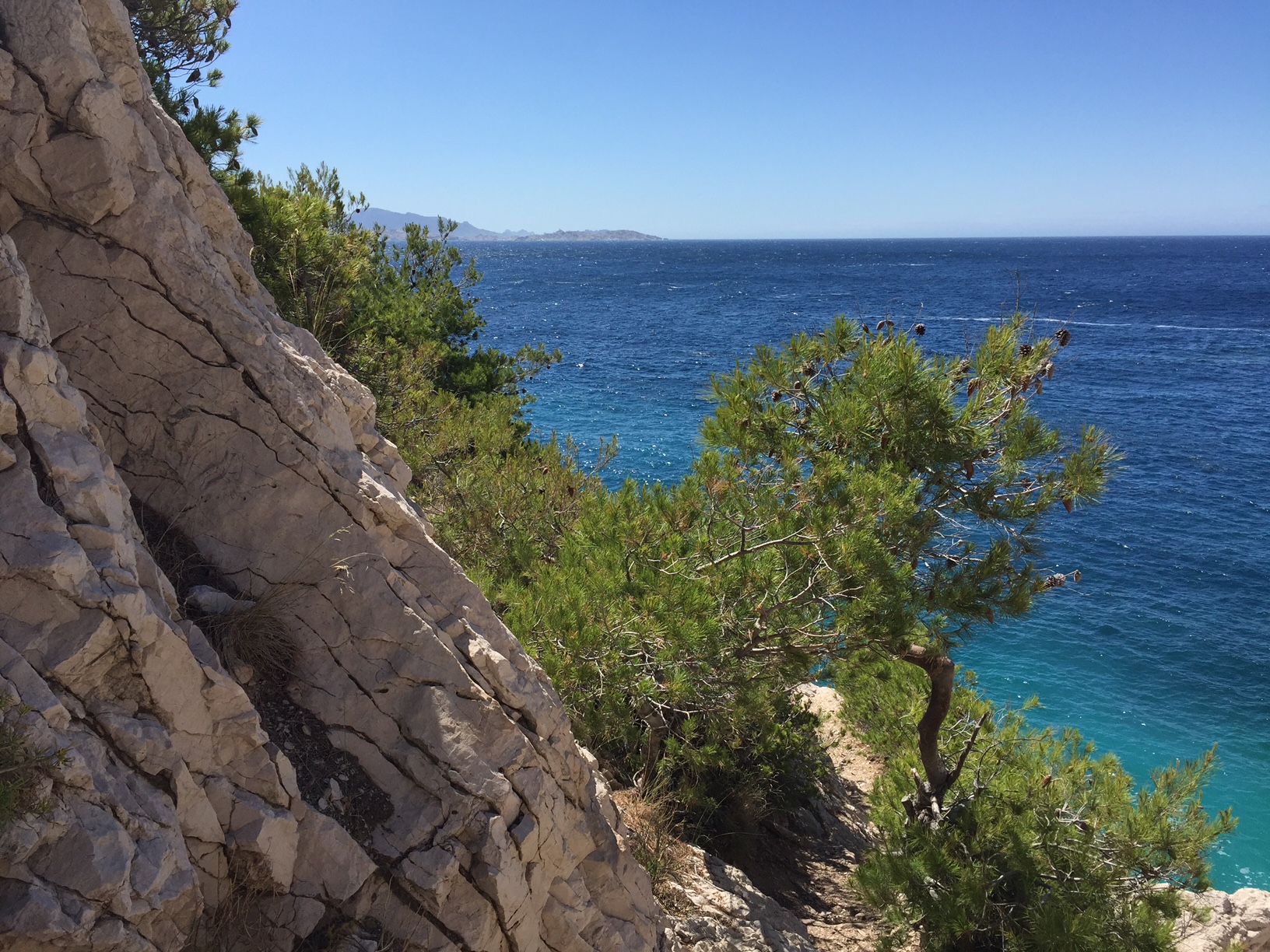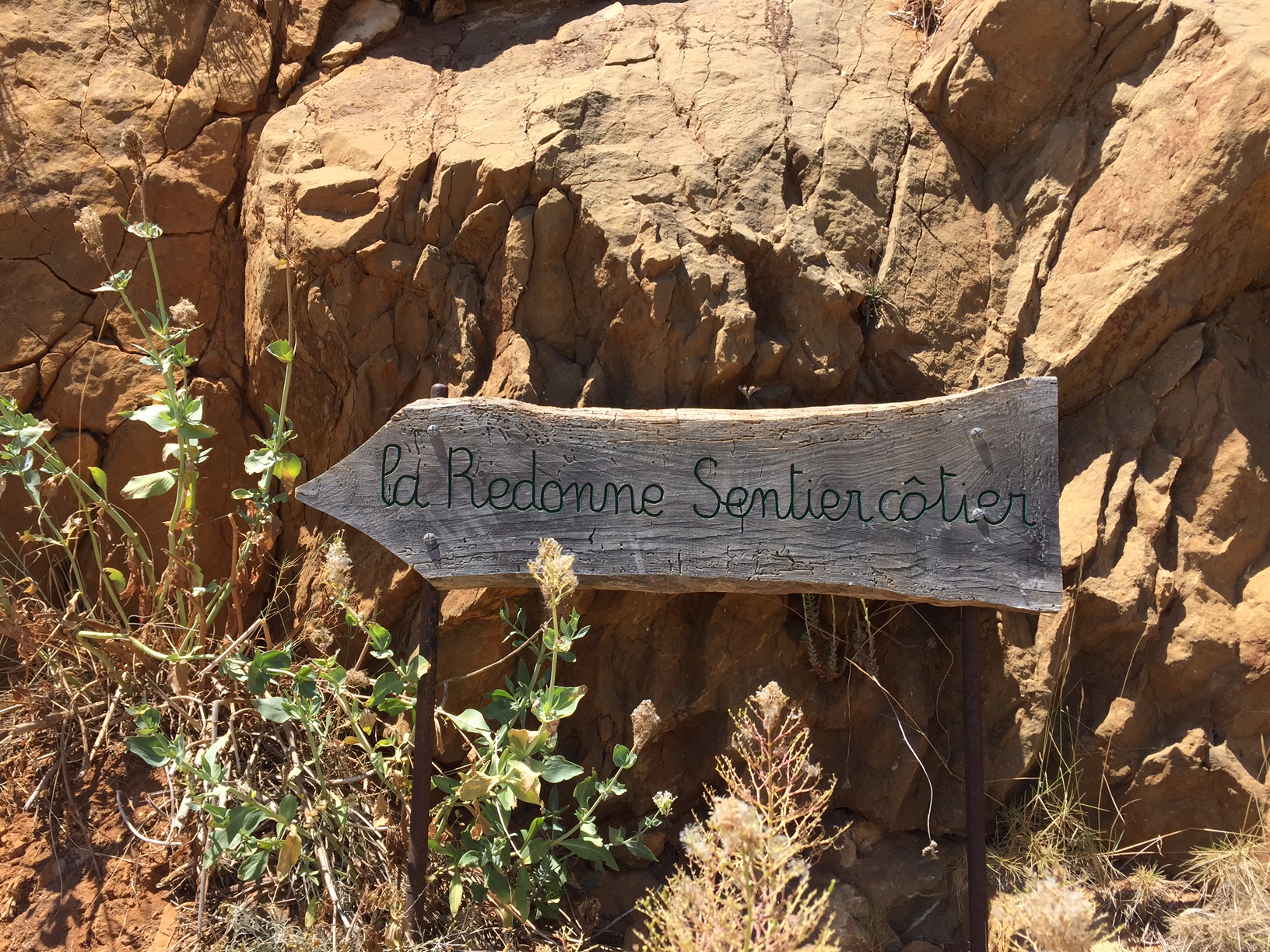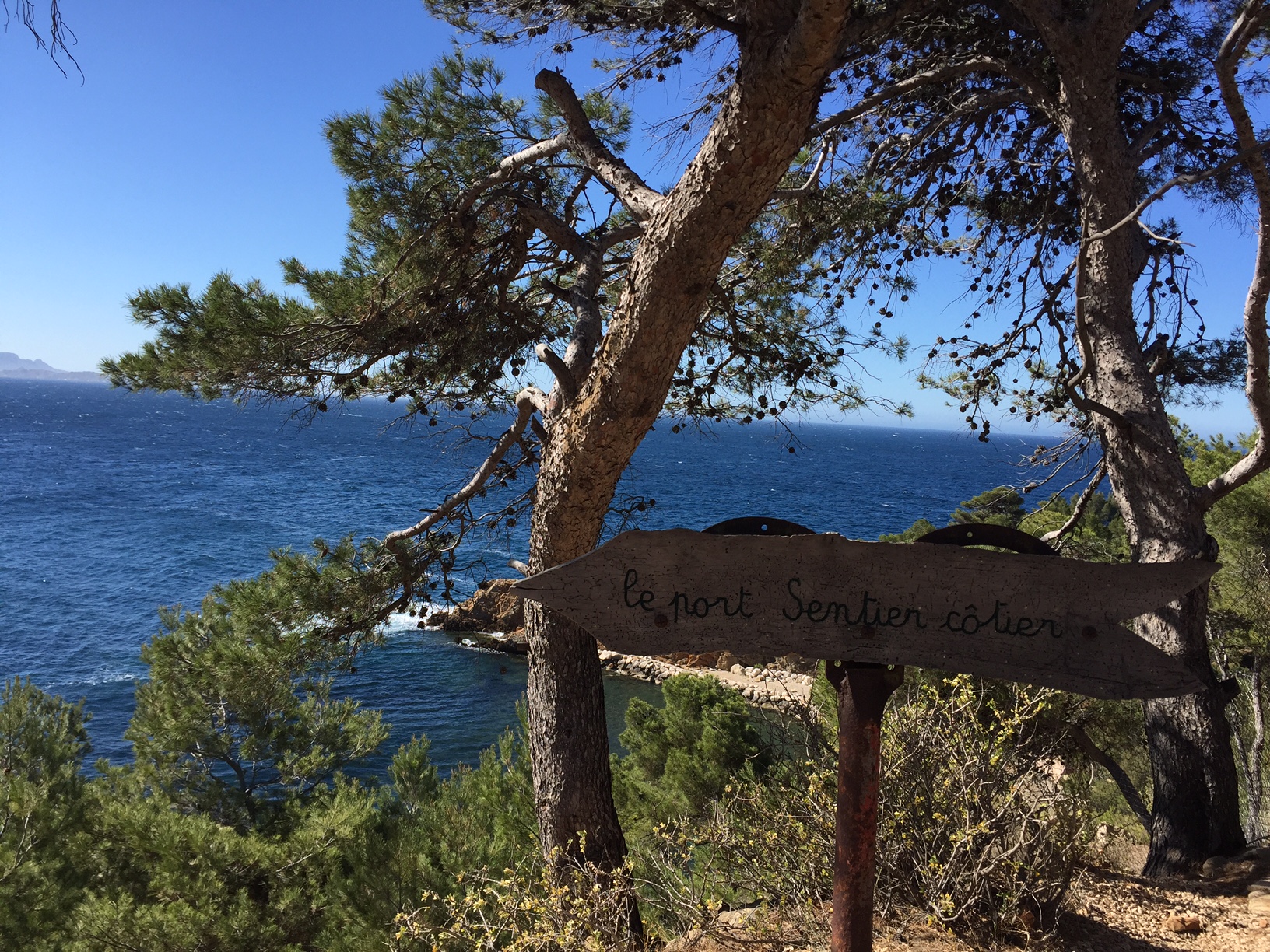Accessibility options
The Blue Coast
A Coastal Gem, Between Sea and Cliffs
FICHE_INFO_TITRE_ACCESSIBILITE
The Côte Bleue refers to the portion of the Mediterranean coast located west of Marseille, up to the mouth of the Berre pond.
The maritime border includes the communes of Le Rove, Ensuès-la-Redonne, Carry-le-Rouet, Sausset-les-Pins and Martigues. The name “Côte Bleue” refers to the colour of the water surrounding the massif.
The 22 km of coastline are naturally drawn in a unique, wild and preserved landscape where wildlife and flora enhance this rich heritage, bordered by beaches, coves and ports.
The maritime border includes the communes of Le Rove, Ensuès-la-Redonne, Carry-le-Rouet, Sausset-les-Pins and Martigues. The name “Côte Bleue” refers to the colour of the water surrounding the massif.
The 22 km of coastline are naturally drawn in a unique, wild and preserved landscape where wildlife and flora enhance this rich heritage, bordered by beaches, coves and ports.
Presentation
The Rove, by its geographical location, is the first town of the Blue Coast. It now has a classified site (since 20 June 2013) of 2000 hectares, or 87% of its territory. The Rove is a privileged place for relaxation and discovery, famous for its famous goats. The Rove goat has a very special appearance and elegance. Its hair is short and soft and the colors of dresses varied. The exceptional hardiness of these animals allows them to live in the snow, as well as to withstand the great droughts of summer. The bush of the Rove, made thanks to their milk is a culinary specialty that will delight your taste buds!
Ensuès-la-Redonne, also called the «village with five creeks», is nestled in an enclave open to the sea, which stretches out into a succession of creeks and small ports. They are called the Madrague de Gignac, la Redonne, les Figuières, petit Méjean and grand Méjean. This dreamlike landscape also finds its balance in the interior where almost 80% of the municipal territory is covered with scrubland and pine trees. This site offers its visitors a way of life well provencal.
Sausset-les-Pins offers an exceptional natural site, overlooked by its castle of the nineteenth century. Small fishing village where it is good to stroll in its small streets, or sitting on the terrace, Sausset-les-Pins offers visitors the opportunity to practice many water activities and relax on the beaches at the rhythm of entertainment. Its typical Provencal market takes place on Thursdays and Sundays on the port.
Ensuès-la-Redonne, also called the «village with five creeks», is nestled in an enclave open to the sea, which stretches out into a succession of creeks and small ports. They are called the Madrague de Gignac, la Redonne, les Figuières, petit Méjean and grand Méjean. This dreamlike landscape also finds its balance in the interior where almost 80% of the municipal territory is covered with scrubland and pine trees. This site offers its visitors a way of life well provencal.
Sausset-les-Pins offers an exceptional natural site, overlooked by its castle of the nineteenth century. Small fishing village where it is good to stroll in its small streets, or sitting on the terrace, Sausset-les-Pins offers visitors the opportunity to practice many water activities and relax on the beaches at the rhythm of entertainment. Its typical Provencal market takes place on Thursdays and Sundays on the port.
La Couronne is famous for its sandy beaches and especially the beach of Verdon. The coastal path, 15 km long from Bonnieu beach to Boumandariel cove, runs along the edge of the Mediterranean Sea and will allow you to discover fossil displays (some more than 20 to 140 million years old). The health course allows the whole family to have fun in the heart of the pine forest. The filming of the camping series Paradis, is played and turns on the Crown! Shooting from April to September.
In Carro, many surfers, windsurfers, snowboarders and kites come to enjoy the mistral on the spot of Arnettes. This authentic little fishing village lives every morning to the rhythm of the fishmongers installed on the port and came to sell their fishery (from 8:30 am to 12 pm subject to good weather). The exhibition "between sea and hills" (located on the 1st floor of the fishermen’s circle), retraces the history of the small villages of Carro and the Crown, its archaeology, fishing, stones, agriculture, in the form of photographs, testimonies, objects of yesteryear. The botanical loop, in the heart of the village, will make you discover the typical Mediterranean plants.
Martigues has 3 districts (Ferrières in the north, the island in the middle and Joncquières in the south) without counting the hamlets of Saint-Julien-les-Martigues, Saint-Pierre, Carro and La Couronne on the Blue Coast. The district of the island is the most touristic and heart of the city that is also called the «Venice Provençale» thanks to its canals. Its bright and pleasant setting has made it famous for painters and directors. The «Bird Mirror» is a small haven of peace where painters have their habits, such as the former painters Ziem, Delacroix, Dufy, Picabia... The history gallery, the theatre of Salins, the Ziem museum, Notre Dame de la Miséricorde (panorama on the city of Martigues and the pond of Berre), the archaeological site of Tholon, so many activities to do during your stay. La Poutargue is the culinary specialty of the martégale area. They are muges eggs that are dried in their own pockets. They are prepared in the only two calens left in France (Martigues and Port-de-Bouc). The calen fishing is a still traditional technique for catching mules.
In Carro, many surfers, windsurfers, snowboarders and kites come to enjoy the mistral on the spot of Arnettes. This authentic little fishing village lives every morning to the rhythm of the fishmongers installed on the port and came to sell their fishery (from 8:30 am to 12 pm subject to good weather). The exhibition "between sea and hills" (located on the 1st floor of the fishermen’s circle), retraces the history of the small villages of Carro and the Crown, its archaeology, fishing, stones, agriculture, in the form of photographs, testimonies, objects of yesteryear. The botanical loop, in the heart of the village, will make you discover the typical Mediterranean plants.
Martigues has 3 districts (Ferrières in the north, the island in the middle and Joncquières in the south) without counting the hamlets of Saint-Julien-les-Martigues, Saint-Pierre, Carro and La Couronne on the Blue Coast. The district of the island is the most touristic and heart of the city that is also called the «Venice Provençale» thanks to its canals. Its bright and pleasant setting has made it famous for painters and directors. The «Bird Mirror» is a small haven of peace where painters have their habits, such as the former painters Ziem, Delacroix, Dufy, Picabia... The history gallery, the theatre of Salins, the Ziem museum, Notre Dame de la Miséricorde (panorama on the city of Martigues and the pond of Berre), the archaeological site of Tholon, so many activities to do during your stay. La Poutargue is the culinary specialty of the martégale area. They are muges eggs that are dried in their own pockets. They are prepared in the only two calens left in France (Martigues and Port-de-Bouc). The calen fishing is a still traditional technique for catching mules.




